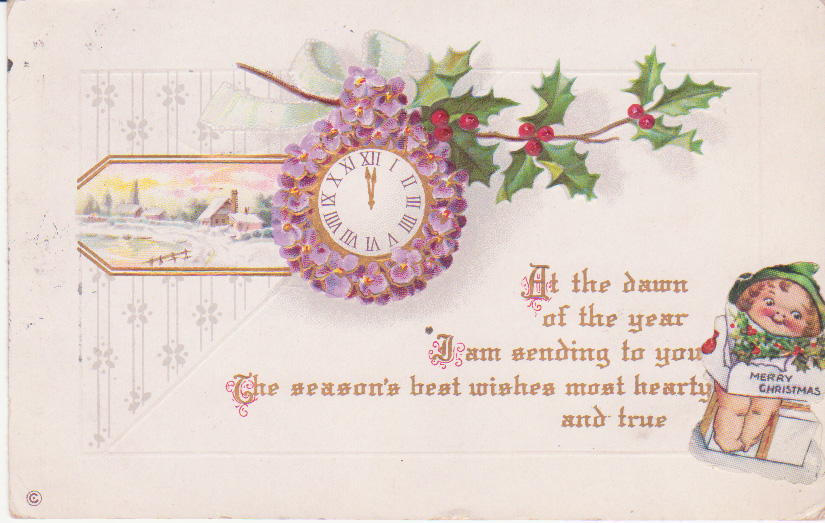I have always felt that this work is a collaboration between family members on both sides of the veil and that they are probably more anxious for us to know them, than we are. I truly feel that both Donna and I were directed on that summer day in 2010 – me to find Mariett and include her story in the family history, and Donna to learn more about the family. The bonus is forming a relationship with another living cousin.
During the summer of 2010, I made a decision to finally finish and publish the book I had been writing on the Eggleston Family. My research had spanned more than a decade. I had started writing early on, adding to it as I learned more. One of the great blessings of this process was finding many living cousins along the way. Some were very distant cousins, but others were second cousins that I did not know. I even became better acquainted with first cousins during that time. I had tried to include whatever information these cousins shared with me about different ancestors.
Anyone familiar with genealogy knows that no research or resulting book is ever “completed”. There will always be remaining questions, and hopefully information coming to light in the future to help solve the mysteries. When it comes to writing up the results of research, it is necessary to reach of point of decision that what is now known is enough to write, publish and share. So in 2010, after completing a rather large and involved project with the Weber County Daughters of the Utah Pioneers Museum, I decided now was the time.











